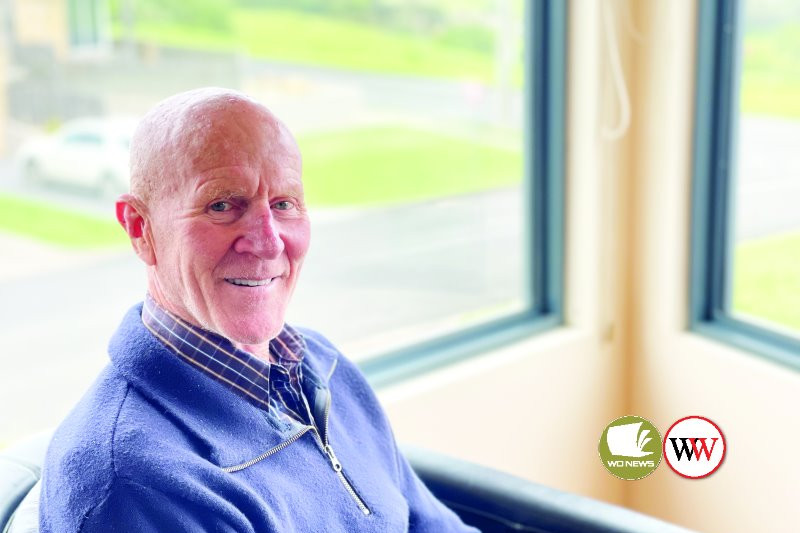Community
2 August, 2023
Comfort and support when needed most
PROVIDING care and comfort to those nearing the end of life’s journey is something close to the heart of retired doctor, Eric Fairbank.

Like many volunteers across Warrnambool and surrounding areas, Dr Fairbank is both proud and humbled to be a part of the Hospice in the Home program that continues to play a vital role in the lives of so many patients and their families.
After qualifying as a doctor in 1968, he spent his intern years in Warrnambool before travelling to New Guinea “for a few years” before returning to the ‘Bool where he spent the majority of his professional life.
Those years included working as a GP at the Cambourne Clinic for more than 30 years and for 25 years was in charge of the palliative care unit at Warrnambool Base Hospital before retiring in 2013.
Realising there was a gap in the services provided to palliative care patients, and that many who wished to die at home couldn’t due to a lack of additional in-home support for carers and family members, Hospice in the Home was soon born.
“Myself, palliative care nurse Deidre Bidmade and a group of others got together to work out how the needs of the dying and their carers and families in our community could be met,” Dr Fairbank said.
“That support wasn’t of a medical nature, we wanted to help ease the burden on carers and family members.
“Everyone who wishes to do so, deserves the right to be able to die at home and our hospice in the home program allows them to do that if medically possible.”
While planning for the service and raising of funds from the community began in 2010, it wasn’t until October 2015 that the service became operational – and since then more locals are spending their final days at home.
“The rate of people dying at home in our district has risen from below the national average to more than double it,” Dr Fairbank said.
“And while more than half of those referred to Hospice fulfil their wish to die at home, many others are able to remain home longer thanks to the support they’ve received which, in turn, also helps reduce the burden on our healthcare services.”
Volunteers with the program are specifically trained to offer additional help to prevent carer burnout.
“When family and friends are able to help fulfil a dying person’s wish to stay at home, it gives them a sense of value and purpose and can also help them in their grief,” Dr Fairbank said.
The vision of the program is for a caring and compassionate community that facilitates the choice to die in the comfort of home.
“While we are fortunate to have so many wonderful volunteers what we also need is ongoing government support,” Dr Fairbank said.
“In the past we’ve relied on philanthropic trusts and donations from various foundations, and we have been very fortunate to have financial support from several local businesses here in Warrnambool; our team is always looking for grants and finding ways to raise funds.
“We started with one part-time manager and now have four staff. This program is saving the government a lot of money by helping people stay at home rather than spend their days in a hospital bed – which takes pressure off the public health system.”
The Warrnambool and District Community Hospice offers Hospice in the Home as a free community service and welcomes donations to help ensure this vital service continues well into the future.
